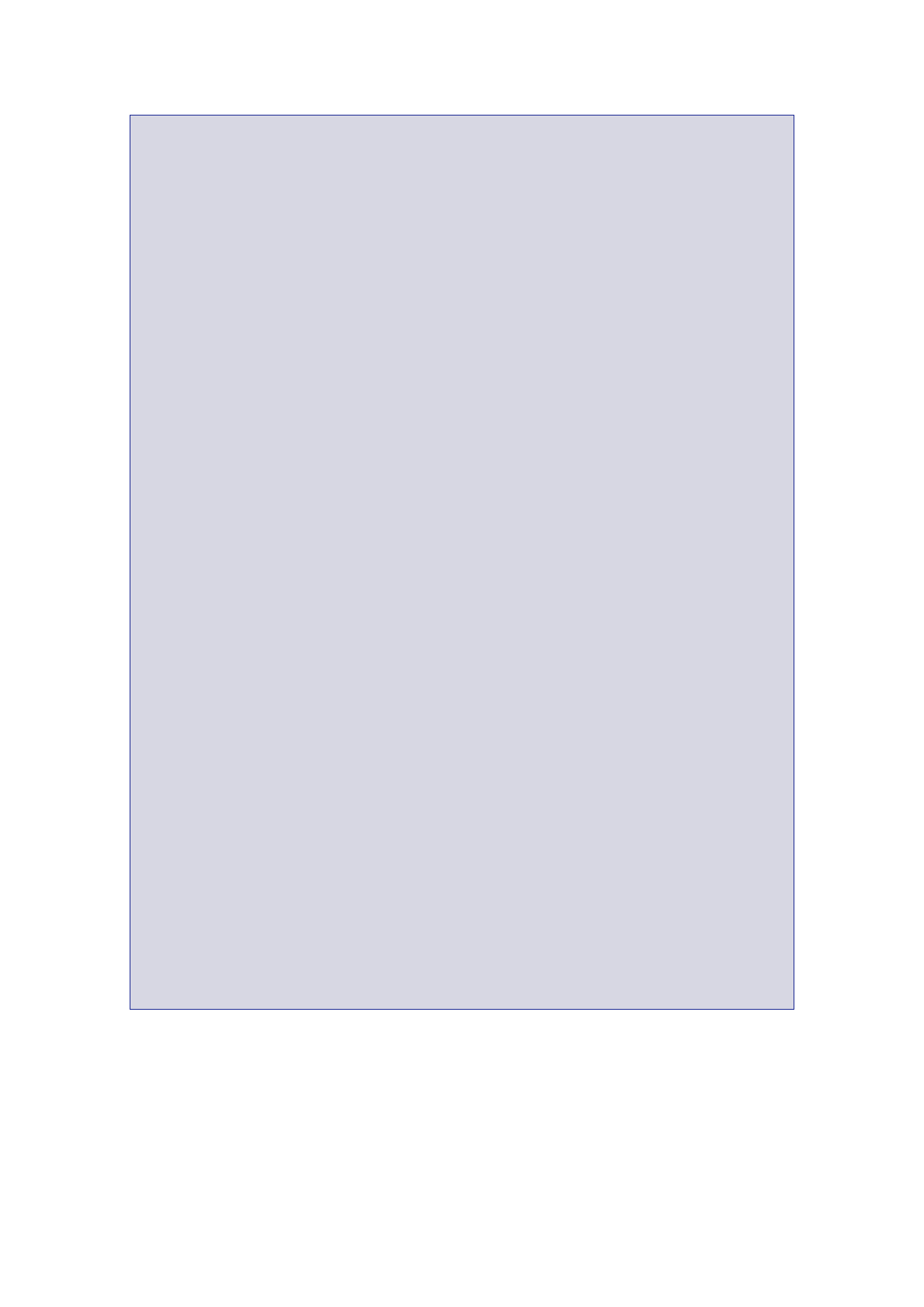
The Report
of the Iraq Inquiry
Nuclear
weapons programme
•
The CIG judged
that Iraq “does not
possess a nuclear weapons capability”,
and that:
“Its programme was effectively dismantled by the
IAEA”.
•
Although there
was “very little intelligence”, the CIG continued to judge that
Iraq
was
“pursuing a nuclear weapons programme” which was assessed to
be:
“… based on
gas centrifuge uranium
enrichment … the route
Iraq was
following
for producing fissile material prior to the Gulf War. Recent
intelligence
indicates
that nuclear scientists were recalled to work on a nuclear
programme
in the
autumn of 1998, but we do not know if large-scale development
work
has yet
recommenced. Procurement of dual use items over the last
few
years could
be used in a uranium enrichment programme. There have
been
determined
efforts to purchase high strength aluminium alloy …”
•
A shipment
stopped in Jordan was inspected by the IAEA, “who accepted,
that
with some
modifications … would be suitable for use in centrifuges”. But
there
was “no
definitive intelligence that the aluminium was destined for a
nuclear
programme”.
The CIG
continued to judge that:
•
“while
sanctions remain effective, Iraq cannot indigenously develop and
produce
nuclear
weapons”;
•
“if
sanctions were removed or became ineffective, it would take at
least
five years to
produce a nuclear weapon. This
timescale would shorten if fissile
material
was acquired from abroad.”
Iraq “was
capable of producing an improvised
nuclear device, but it
lacks suitable fissile
material.
Iraq has in the past explored the use of radiological
dispersal devices,
but
the design
we have seen was not a credible weapon. There is no intelligence
that Iraq is
interested
in such devices.”
Dispersal
of key equipment
•
Iraq had
“temporarily dispersed key equipment from its missile
production
facilities”
following 11 September 2001, and was “likely to do so again” if
it
believed an
attack was “imminent”.
•
Recent
intelligence indicated that Qusay Hussein “has directed the
Military
Industrialisation
Commission to ensure that all sensitive weapons and
chemical
technology
was well hidden in case of further UN inspections, and that
‘destruction
committees’
have also been formed at suspect CW facilities”.
•
Dispersal made
“the targeting of production equipment very difficult, but it
also
prevents
any surge in production”.
291.
The view
that Iraq had used the period since the departure of the
weapons
inspectors
in December 1998 to seek to enhance its capabilities and was
pursuing
a programme
of concealment and deception was firmly embedded in UK
thinking
by March
2002.
292.
There was
also an impression that Iraq had a clear strategic intent to
pursue
its
prohibited programmes.
68
